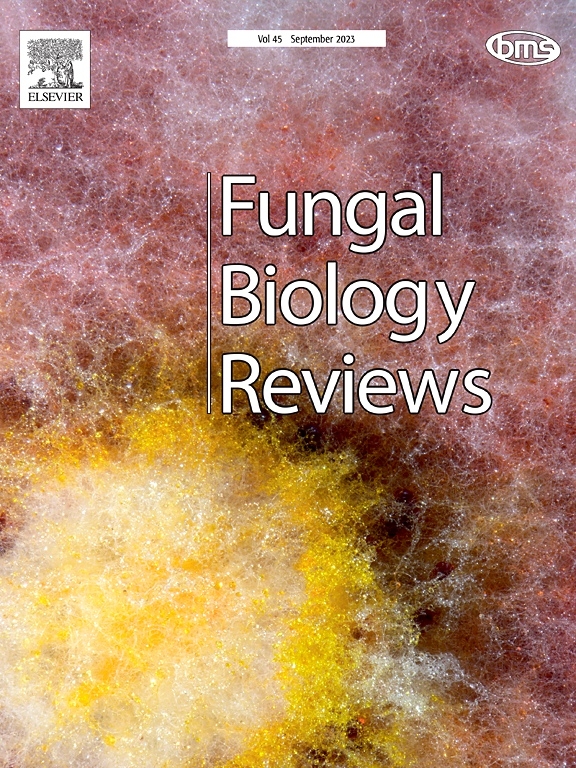Involvement of mitochondrial respiratory chains in virulence factors of Candida albicans
IF 4.6
2区 生物学
Q1 MYCOLOGY
引用次数: 0
Abstract
Candida albicans has the potential to cause opportunistic infections in immunocompromised patients, leading to infections that can vary from superficial to systemic. The emergence of antifungal multi-drug resistance presents a significant challenge in the treatment of these microbial diseases. Thus, there is a shift towards the discovery of novel, species-specific antimicrobial agents and the identification of new drug targets. A promising direction in this field is the development of anti-virulence platforms. Unlike traditional antibiotics, these compounds do not directly target the viability of pathogens but are designed to inhibit their pathogenicity, thereby reducing their infectious disease progression.
Microbial respiratory chains, such as those found in C. albicans, play a pivotal role in essential cellular processes, including oxidative phosphorylation, aerobic metabolism, and the expression of virulence factors. The significance of mitochondrial respiration in the pathogenicity of C. albicans is underscored by its impact on morphological changes, biofilm formation, cell wall composition, and the abilities to adhere to and invade host cells.
Given the central role of the respiratory chain in the virulence of C. albicans, it represents an attractive target for the development of new anti-virulence systems. Thus, this review highlights the involvement of C. albicans' respiratory chains in its virulence factors, offering insights into potential avenues for therapeutic intervention.
线粒体呼吸链在白色念珠菌毒力因子中的作用
白色念珠菌有可能在免疫功能低下的患者中引起机会性感染,导致从表面到全身的感染。抗真菌多重耐药性的出现对这些微生物疾病的治疗提出了重大挑战。因此,有一个转向发现新的,物种特异性抗菌剂和鉴定新的药物靶点。抗毒平台的开发是这一领域的一个有前途的方向。与传统抗生素不同,这些化合物不直接针对病原体的生存能力,而是旨在抑制其致病性,从而减少其传染病的进展。微生物呼吸链,如在白色念珠菌中发现的呼吸链,在必要的细胞过程中起着关键作用,包括氧化磷酸化、有氧代谢和毒力因子的表达。线粒体呼吸在白色念珠菌致病性中的重要意义是通过其对形态变化、生物膜形成、细胞壁组成以及粘附和侵入宿主细胞的能力的影响来强调的。鉴于呼吸链在白色念珠菌毒力中的核心作用,它代表了开发新的抗毒系统的一个有吸引力的目标。因此,本综述强调了白色念珠菌呼吸链参与其毒力因子,为治疗干预的潜在途径提供了见解。
本文章由计算机程序翻译,如有差异,请以英文原文为准。
求助全文
约1分钟内获得全文
求助全文
来源期刊

Fungal Biology Reviews
MYCOLOGY-
CiteScore
10.60
自引率
0.00%
发文量
36
期刊介绍:
Fungal Biology Reviews is an international reviews journal, owned by the British Mycological Society. Its objective is to provide a forum for high quality review articles within fungal biology. It covers all fields of fungal biology, whether fundamental or applied, including fungal diversity, ecology, evolution, physiology and ecophysiology, biochemistry, genetics and molecular biology, cell biology, interactions (symbiosis, pathogenesis etc), environmental aspects, biotechnology and taxonomy. It considers aspects of all organisms historically or recently recognized as fungi, including lichen-fungi, microsporidia, oomycetes, slime moulds, stramenopiles, and yeasts.
 求助内容:
求助内容: 应助结果提醒方式:
应助结果提醒方式:


